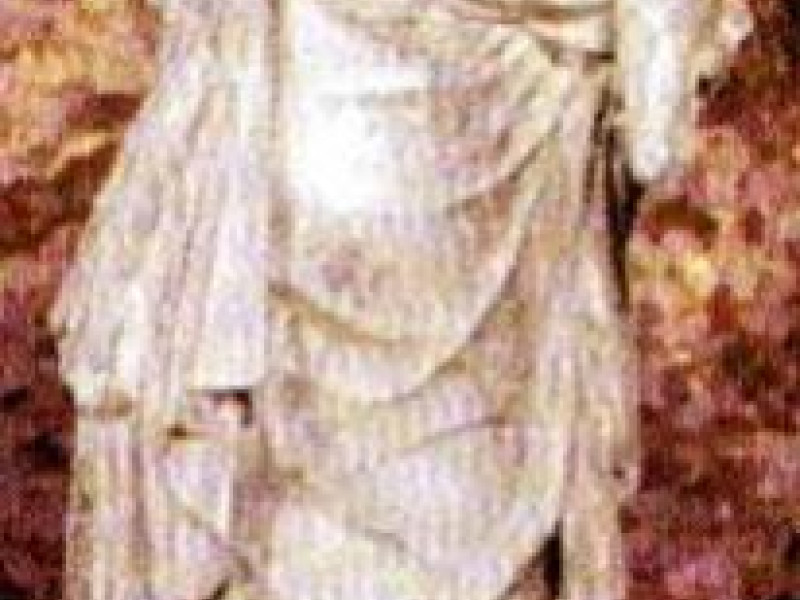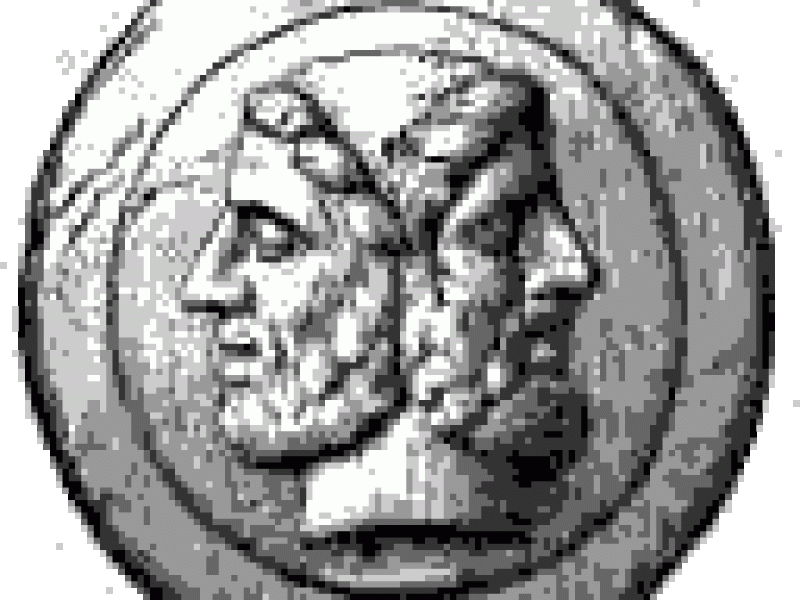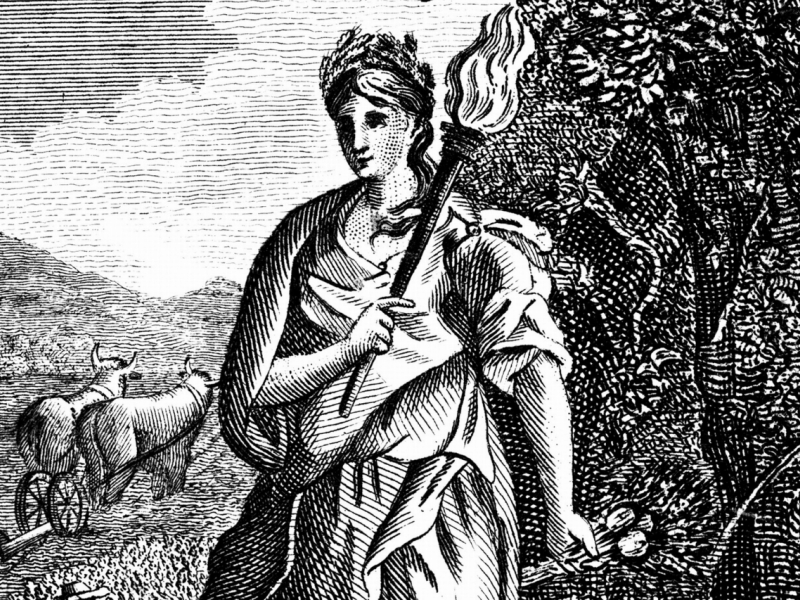Lares
Lares were tutelary household gods that were honoured along with Penates and Vesta, the goddess of the hearth. Originally the Lares were gods or protectors of the fields that had been cultivated. Later, the Lares were moved into the home.
Each household or family would have a single Lar in their home. The home had a small domestic shrine for the Lar, called a lararium. A Lar was thought to protect the family, like a guardian spirit of the home. A shrine was kept in each Roman house. Usually they were seen more as spirits than gods.
According to later myth, the Lares were the children of Mercury and the naiad Lara. Lara was probably originally of Sabine origin.
A Lar was represented as a youth with a drinking horn that was the symbol of fertility.
By Jimmy Joe





